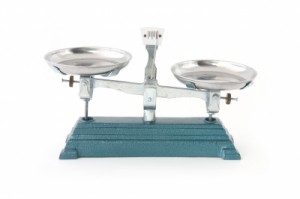Abe M. Gindi
December 1, 2013,
28 Kislev 5774
This is my theory of why we are in galut (exile) for so long and why Hashem does not seem to respond to our prayers and our needs. To do that we have to look at some of the past history.
About 2,500 years ago our first Beit Hamikdash (Holy Temple) was destroyed by the Babyonians. It was a short time later that the Babylonians were defeated for destroying the Beit Hamikdash. Remember the writing on the wall: mene mene tekel ufarsim predicting the fall of Babylonia and the victory of Persia and Midea. We find about this time the story of Esther. Haman, the evil one, plotted to destroy all the Jews, but Hashem turned it around and made it so that Haman himself was hanged and the Jews were saved. Hashem responded very nicely for the Jewish people. For this we celebrate Purim every year.
The galut at that time only lasted 70 years. That was done for the sin of avodah zarah (idol worship). The second Beit Hamikdash was built only 70 years after the first one was destroyed.
Now we go about 200 years later and we find that the Greek army had completely engulfed and dominated all of the land of Israel and forced the Jewish people to disobey their laws. Then came a group, the Maccabees, a small group who defeated the large powerful Greek army, chased them out of Eretz Yisrael, rededicated the Temple, lit the menorah—and for that we observe the holiday of Hanuka.





